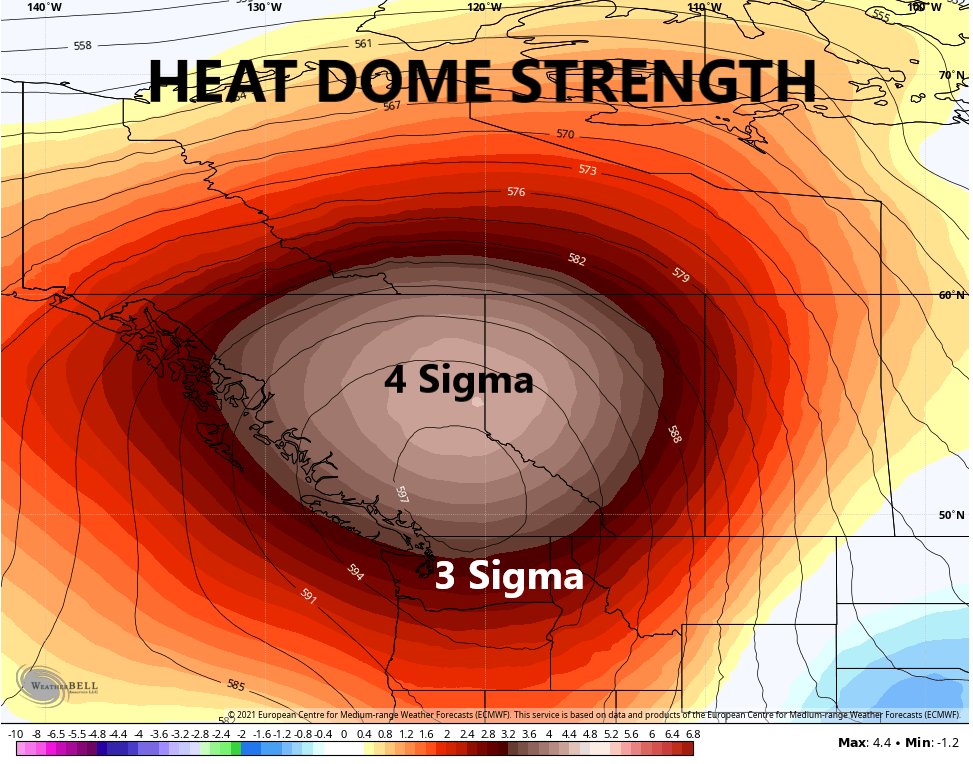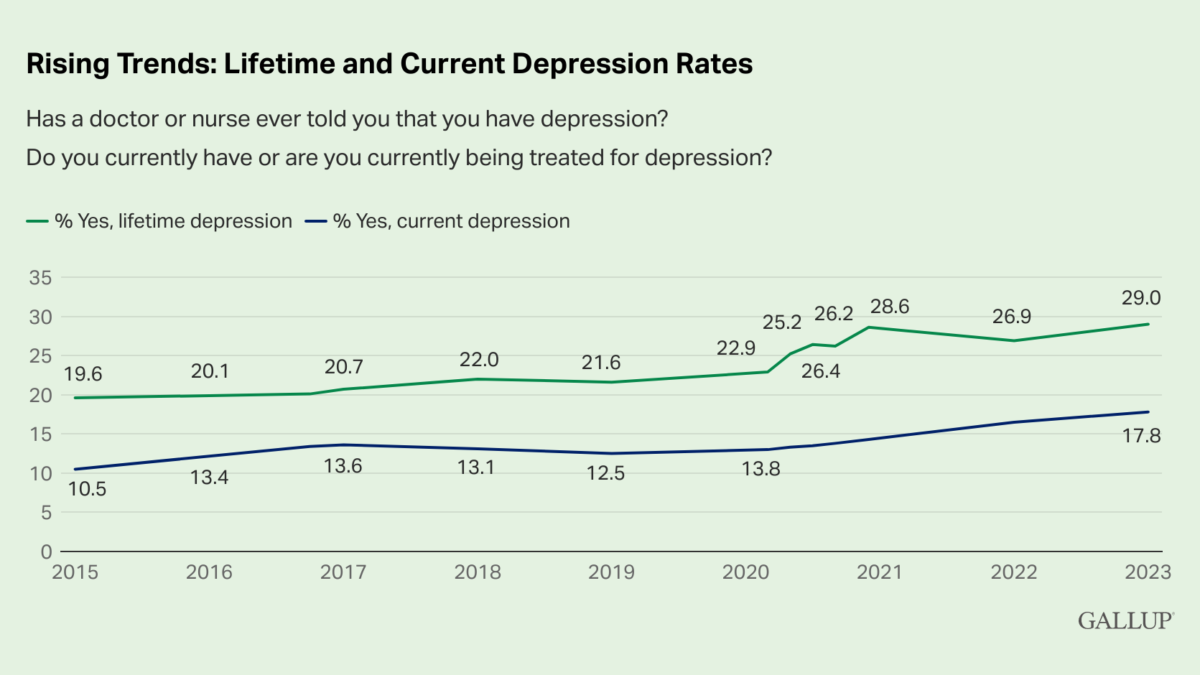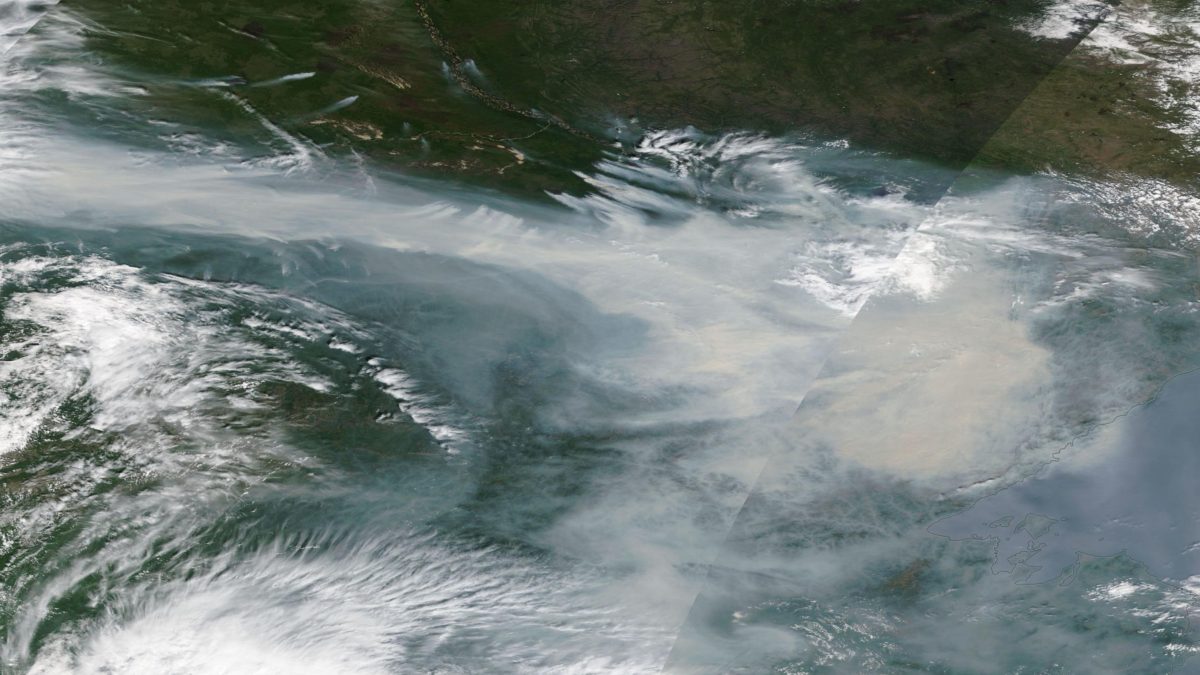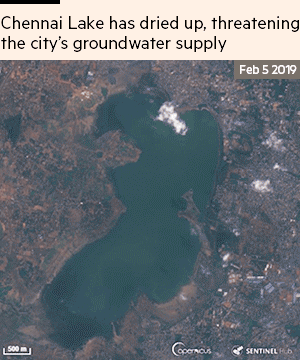Pacific Northwest bakes under once-in-a-millennium heat dome – Heatwave has intensity never recorded by modern humans – “There is no analog in our past for what we are likely to see this week”

By Jeff Berardelli
28 June 2021
(CBS News) – The heatwave baking the U.S. Pacific Northwest and British Columbia, Canada, is of an intensity never recorded by modern humans. By one measure it is more rare than a once in a 1,000-year event — which means that if you could live in this particular spot for 1,000 years, you’d likely only experience a heat dome like this once, if ever.
Portland, Oregon, has already broken its all-time record hottest temperature at 108 degrees on Saturday and the peak of the heat wave has not even been reached yet. Canada is expected to register the nation’s all-time highest temperature before the event is done. These are extremely dangerous numbers, especially in a region not used to heat like this, where many people do not have air conditioning.
By Monday, some — if not all — of the all-time record highs seen below are forecast to break, with many more cities not listed here expected to achieve the same feat.
The heat is being caused by a combination of a significant atmospheric blocking pattern on top of a human-caused climate changed world where baseline temperatures are already a couple to a few degrees higher than nature intended.
This heatwave comes on the heels of another historic heat wave less than two weeks ago that baked the U.S. Intermountain West, Desert Southwest, and California with hundreds of record highs. […]

As the heat dome continues to build, cities like Portland will likely break their all-time heat record again, on back-to-back days. On Sunday the thermometer reached a staggering 112 degrees Fahrenheit — that’s 5 degrees higher than what had been the all-time record of 107 degrees, prior to Saturday’s 108.
In Seattle, after a record high of 102 on Saturday, the thermometer is likely to shatter its all-time record high of 103 degrees on Monday, with a forecast high of 108. In its history, Seattle has only reached 100 degrees three times before. Remarkably, in this one heat wave, highs in the city will easily top 100 degrees 3 days in a row. […]
Turns out, the models were correct and we should expect extreme heatwaves, even unprecedented ones like this to become more routine. “There is no context really, in the sense that there is no analog in our past for what we are likely to see this week,” says Dr. Michael Mann, distinguished professor of atmospheric science at Pennsylvania State University and author of the new book, The New Climate War.
But calling it a new normal does not suffice says Mann, “Some people called this a ‘new normal. But it is worse than that,” explained Mann. “We will continue to see more and more extreme heatwaves, droughts, wildfires, and floods as long as we continue to warm the planet through fossil fuel burning and carbon emissions.” [more]
Pacific Northwest bakes under once-in-a-millennium heat dome


